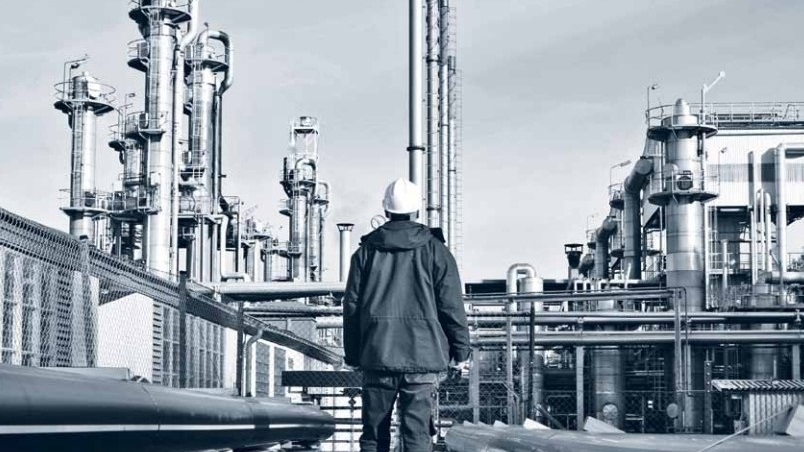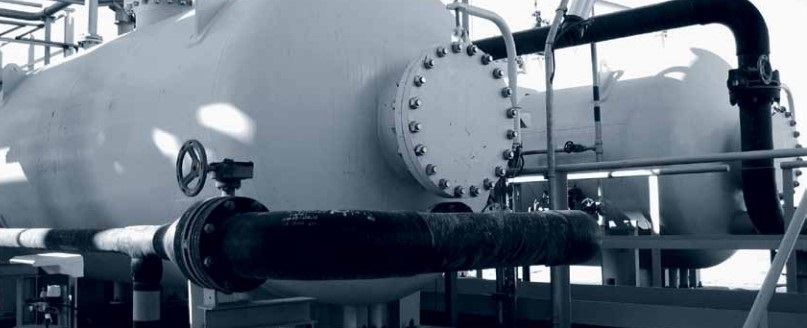
Asset Integrity Management
Integrity, safety and reliability are the most important challenges for managers and operators of an industrial site. The first goal of Asset Integration Management (AIM) is to establish and maintain them in fitness for service (FFS) while extending their useful life with safe, secure and low cost operation. Asset integrity is achieved when the combination of the likelihood of destruction and the consequences of such destruction poses the least possible risk to personals, the environment as well as its owners.
Establishing and implementing an asset integrity management program requires the collection, analysis, and storage of large amounts of data and information. Also, the effective operation of this program requires storing, analyzing, managing and acting on each piece of information. Companies that have knowledge of all these things in their organization are able to use their modular software and rely on domestic and foreign holding experts to have the best use to achieve the goals of this program in their organization. The company asset integrity management services include the following:
- Reliability management system based on IEC 60300 standard series
- Reliability
- Maintainability
- Risk Based Inspection (RBI)
- Reliability Centered Maintenance System (RCM System)
- Computerized Maintenance Management System (CMMS)
Reliability in accordance with the ISO 9000 standard General term to describe the performance related to availability and the factors affecting it in a system, i.e.:
Reliability management as a systemic approach is part of management activities that focus on the performance of the organization in the areas of reliability / accessibility / maintenance / safety (RAMS) in order to ensure the efficiency and capability of operational processes and equipment and products. Puts and enables its continuous improvement.
RBI is a regular method for determining and applying the risk factor of failure of devices and equipment in the maintenance of facilities and making inspection decisions. RBI studies provide a more accurate understanding of the hazards and possible degradation mechanisms associated with pressurized reservoirs and piping. This information is a great help in providing a complete asset integration plan and thus proper risk management.
One of the strategies in the field of maintenance planning and optimization of related activities is the RCM system or process. This system is used to determine what needs to be done to ensure that all the physical facilities and equipment of organizations continuously fulfill their planned tasks in their current operating environment.
In a CMMS software package, information about the organization's maintenance operations is usually stored in a database. This information, which is stored in a completely secure and highly reliable manner, helps the technical staff and the organization of the net to perform the assigned tasks more efficiently. CMMS provides the platform for implementing an integrated AIM management program and provides the basic information it needs.


Add comments: